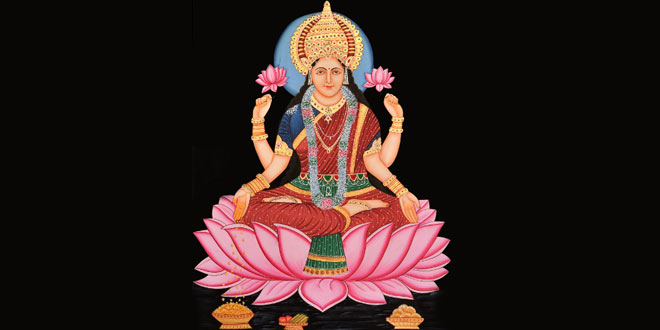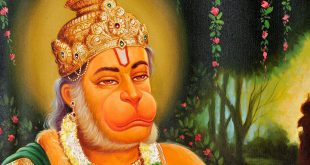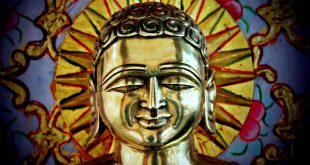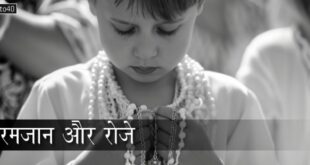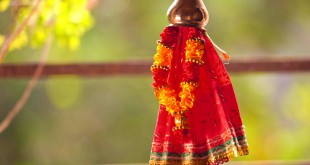Kojagari Lakshmi Puja: After the celebrations and festivities are over, post Durga Puja and Dussehra, people of Bengal, Assam and Odisha worship Goddess Lakshmi on Kojagori Purnima night, i.e. the full moon night in the month of Aswin (Bengali calendar), barely 4 days after Durga Puja or Dusshera in the month of October. Kojagori has a significant meaning as it stands for who is awake? Or Ke Jege Ache in Bengali. It is believed that Lakshmi, the goddess of wealth, light and prosperity visits every household on this full moon night and bless them with sheer promise of wealth, fortune and good luck. Incidentally Kojagari Lakshmi Puja or Kojagori Purnima coincides with Navanna or the harvesting festival or season which commences from this day when the harvested grains are consumed in households. It is also a common belief that in order to guide goddess Lakshmi to the households, residents lit up diyas, candles, earthen or electric lamps on the terraces or balconies especially to show the path. It is a custom in which the lights remain on till the last day of month of Aswin and taken off from the places when the Bengali month Karthik commences.
Kojagori Purnima Date:
- 2023: 28 October, 2023 [Saturday]
- 2024: 16 October, 2024 [Wednesday]
All About Kojagari Lakshmi Puja:
Legend foretells two common folklore from where it is believed Kojagori Vrath or Kojagari Lakshmi Puja started. According to folklore it is told, that Valit, a misfortune Brahmin from Magadha, yet he was a religious and pious man who left home one full moon night tired of his wife Mahachandi’s errant for being poor and lack of wealth and prosperity. Valit while wandering in the woods confronted 3 Nagkanyas or daughters of a serpent worshiping Goddess Lakshmi by performing a Vrath or fast to seek blessings of Lakshmi and offered Valit to play a game of dice with them in order to keep awake. Goddess Lakshmi who was on vigil observed Valit closely and in spite of his loss in the dice game, was impressed with his honestly and religious gestures and blessed him with wealth and fortune by winning the game and he returned home with tons of gold. Hence it is believed that performing fast on this auspicious night is beneficial for gaining wealth and prosperity and fortune blessed and offered by Goddess Lakshmi in return, and therefore women play game of dice till wee hours in the night to keep awake.
Folklore also narrates the story of a king in Bengal who bought an unsold idol of Goddess Lakshmi from his craftsmen in order to help them earn their livelihood. But since Lakshmi is the opposite of Goddess Lakshmi, misfortune reigned in the kingdom driving away wealth and prosperity. The hapless king prayed to Dharma for help who advised that his wife perform a Vrath or fast and worship Goddess MahaLakshmi on Kojagori Purnima to ward of Lakshmi. Wide awake till wee hours of the night playing dice , the king’s wife performed the fast and worshipped, offered prayers and impressed by her gesture, MahaLakshmi blessed the kingdom and the idol of Lakshmi melted thus reinstating prosperity and wealth in the kingdom.
Hence every household and temple in Bengal especially performs this puja with much fanfare. Since it is mandatory to worship Goddess Kali or Lakshmi after Durga Puja, most community puja organizers worship Goddess Lakshmi on Kojagori Purnima night to seeks blessings and prosperity for the entire year and coming year as well. Houses and pandals are brightly lit and alpana (i.e. a paste of powder rice) is painted with designs and motifs or imprints of Goddess Lakshmi’s footsteps and her accessories as well are painted, a few items like her basket overflowing with grains, a lotus, her jewellery and other items. In several households, where idols are not available, residents worship a ‘’Pat ‘’ an earthen mould where images of Lakshmi is painted. Lakshmi is accompanied by her companion, the white owl, which is also considered auspicious.
Since the full moon is the brightest and first in the month of Aswin, which is also known as Sharat or the season combining months of Aswin and Karthik, it is also known as Sharad Purnima or Kaumudi Purnima. Goddess Lakshmi is well known for her zero tolerance to noise, hence only conch shells are blowed by housewives and women clad in white saris and red borders. Different items are offered to the goddess like fruits, grains, rice, naivedya prepared from milk products sweetmeats made from coconut and other stuffs, clothes, jewellery. Legend says Goddess Lakshmi visits households asking Ko Jagarti or who is awake, and those who stay awake are blessed with good fortune, prosperity and wealthy. Earthen lamps are lit to ward off evil spirit and devotional songs are sung in praise of Goddess Lakshmi. After the puja is over, people eat Prasad or offerings given to the goddess like coconut water and chire or flattened rice. Since the puja takes place during a full moon night in the lunar month, people also worship the moon as well.
 Kids Portal For Parents India Kids Network
Kids Portal For Parents India Kids Network
